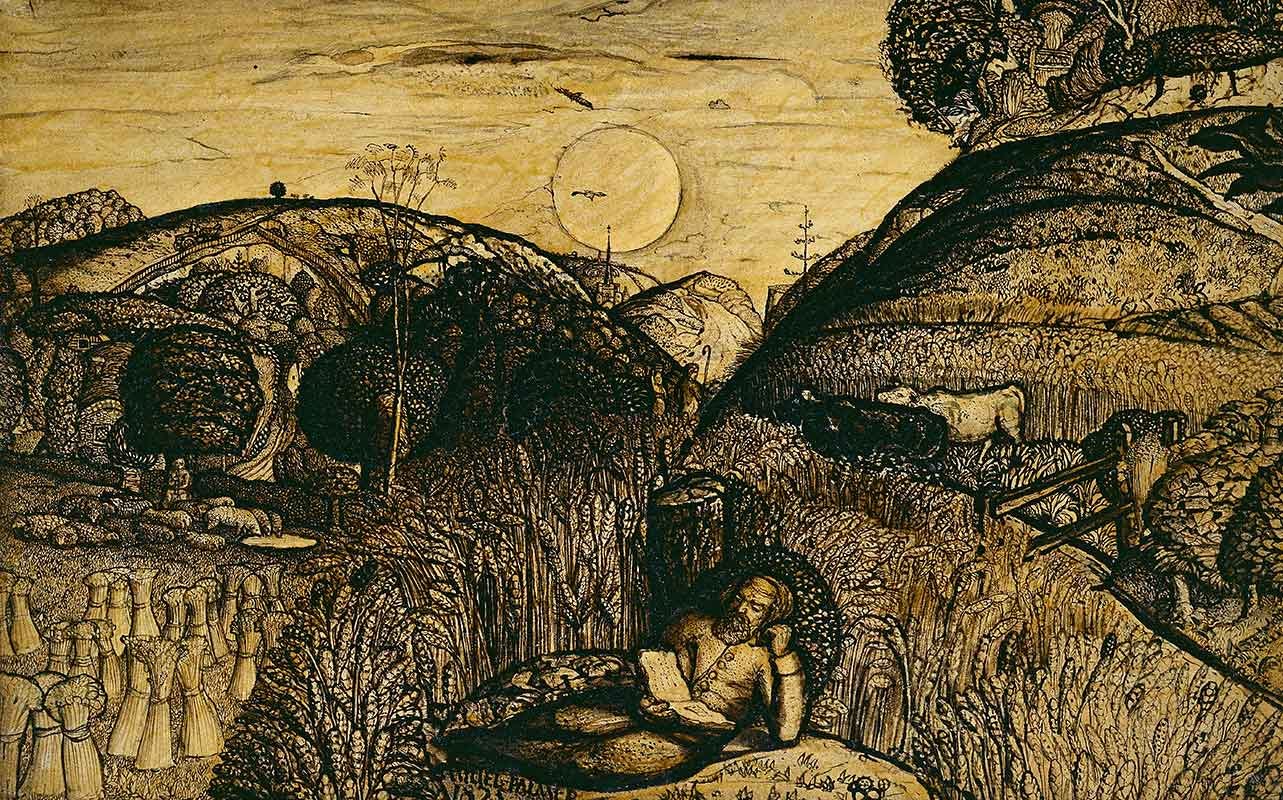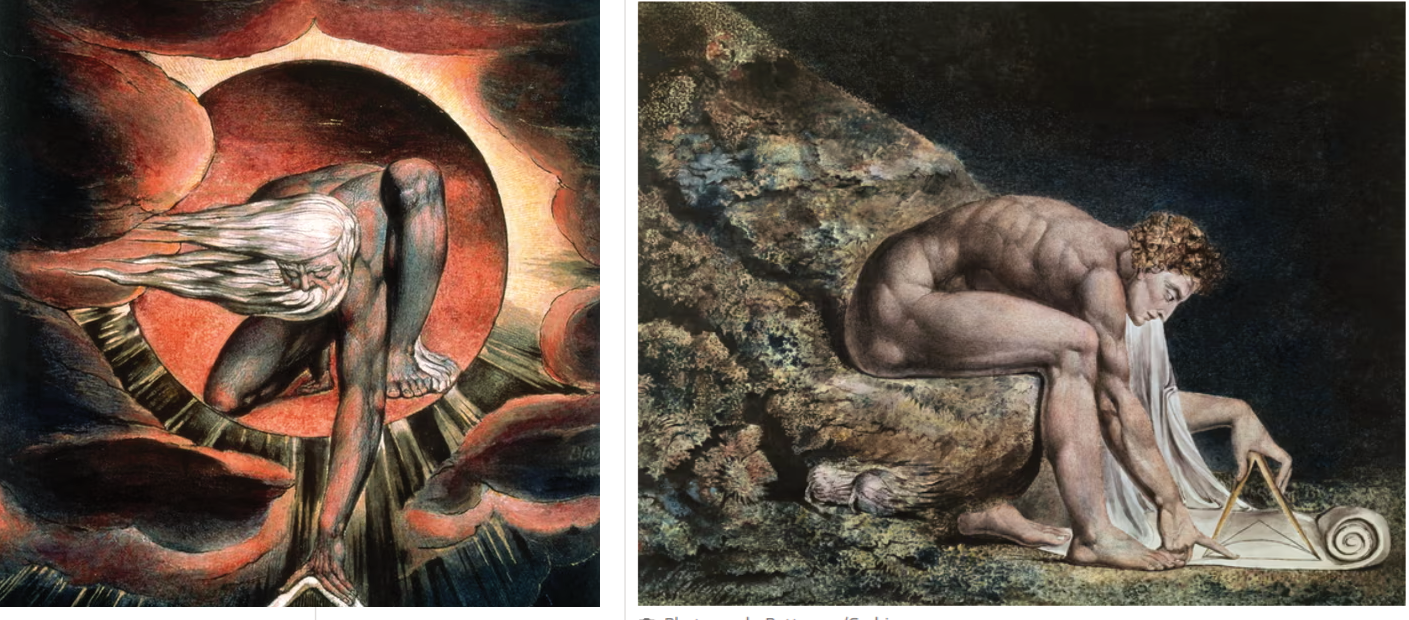One of the most underappreciated artists in all of British Art.
Samuel Palmer may not have the worldwide famous of JMW Turner or John Constable. (Indeed, Palmer himself barely even travelled outside of the south of England during his own lifetime.)
He also had none of the formal schooling / artist training of his two more famous peers. Hence, for much of his life, Palmer was always something of an outsider.
Yet still, when he is at his best (as we will see in this little selection today) - his work has an utterly captivating blend of romanticism and mysticism. And through Palmer’s eyes, we find the English countryside is not just a series of “landscapes” . . . rather, it is a “dreamscape”.
Also, it’s worth mentioning that Palmer’s lack of formal training was not necessarily the reason for why he never fully reached the heights of fame that his talent deserved.
In fact, at only twelve years old, he was showing signs of precocious talent by copying watercolours by the great Turner. And by fourteen, the young Palmer was exhibiting his art at the prestigious Royal Academy in London. (Something made all the more impressive by the fact he had not other association to the Academy at the time).
So, for the early stages of his career at least, it would have seemed all but certain that this boy was destined for great things. And as we can see in his self portrait above, Palmer was not lacking in either talent, ambition, or self confidence!
Yet, sadly, this early promise (at least, in terms of his public renown) was destined to remain unfulfilled.
At 19, Palmer had been introduced to the aging poet/artist William Blake - who was himself a largely unrecognised during his own lifetime too. (Indeed, more people knew Blake as a potential madman than a visionary genius!)
But still, over the course of their friendship, Blake’s influence (and, in particular, the more esoteric/ visionary style of his art) led a monumental shift in Palmer’s own artistic ideals.
Thus, Palmer’s work started to reflect much more of a spiritual rather than a “romantic” view of the world.
But of course, taking on so much of Blake’s influence was never going to open many doors when it came to the academic or commercial art world.
So for the next decade, Palmer may well have been the most inventive artist in England - yet, for the entire time, he was also under constant attack from critics too, who claimed he had “caught some of Blake’s madness”.
And as a result, that confident young man we see in his early self portrait ended up slipping into a long term depression that he would never really recover from.
Soon enough, he was refusing to show his “real” works to anyone outside of his close circle of friends.
And while he did somehow manage to scrape an income for himself and his wife through a mixture of selling watercolour illustrations, and teaching private drawing lessons . . . the truth is, Palmer lived most of his life in financial difficulty.
He died in 1881, at the age of 76. And by the early 1900s, Palmer’s work had been pretty much forgotten about.
In fact, his own son Alfred Palmer would eventually end up throwing a considerable number of his father’s paintings and sketchbooks onto a bonfire - partly, because there was just no room to keep them all, but also because he claimed “no one would be able to make head or tail of the piece I burnt . . . I wished to save father from a more humiliating fate".
_
Yet over the decades to come, Palmer’s work thankfully saw a resurgence in interest (Leading poor Alfred to severely regret his haste in having that bonfire!)
And nowadays, his paintings can be found in a number of important collections. Though personally, I can’t help thinking we still have a long way to go until we fully appreciate Palmer’s unique genius.
Alternatively, to make a single donation or to “buy me a coffee”, please use any of the links below.












Thank you for introducing me to Palmer—he has such a distinctive and evocative style, and these landscapes seem almost landscapes from dreams.
His lines are very expressive in a way that foreshadows Van Gogh. Thanks for putting me on to a new British artist!